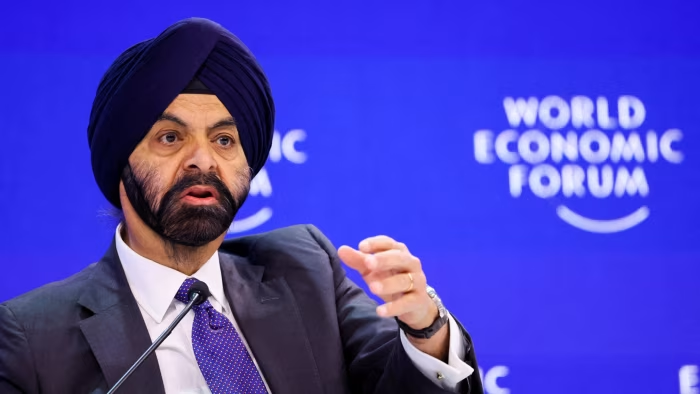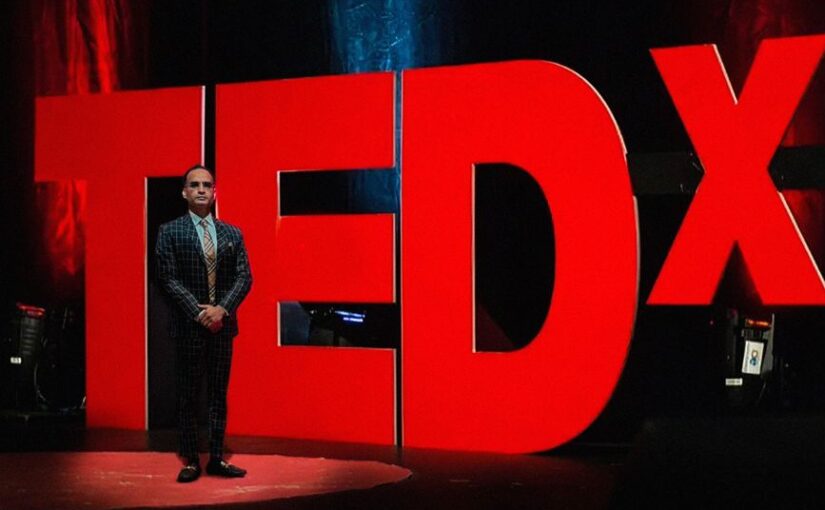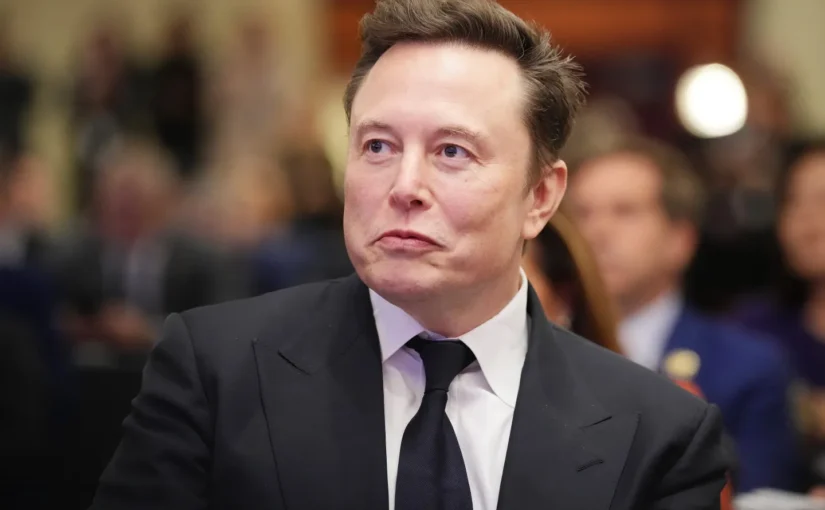
As the world faces increasingly severe weather events, rising sea levels, and shifting ecosystems, the importance of addressing climate change has never been more urgent. Among the key organizations leading the global charge to mitigate and adapt to these changes is the World Bank. With its vast financial resources, policy influence, and development expertise, the World Bank is at the forefront of the global fight against climate change. But why is the World Bank so deeply invested in this issue? The answer lies in the direct and far-reaching impacts that climate change has on economic development, poverty alleviation, and global stability.
The Interconnectedness of Climate Change and Development
The World Bank’s mandate has always been to reduce poverty and foster shared prosperity. Climate change, however, presents a formidable challenge to this mission. Rising temperatures and extreme weather events are undermining decades of development progress, particularly in low- and middle-income countries that are most vulnerable to climate disruptions. These nations are already grappling with issues like food insecurity, inadequate healthcare, and poor infrastructure, and climate change exacerbates these challenges, pushing many people deeper into poverty.
According to the World Bank, climate change is expected to push more than 100 million people into extreme poverty by 2030. As natural resources like water, fertile land, and energy become scarcer or less predictable, rural populations, often reliant on agriculture for their livelihoods, are being hit hardest. These economic disruptions increase poverty and fuel inequality, which in turn hinder social stability. The World Bank’s concern is that unchecked climate change could reverse progress made in poverty reduction over the last few decades.
Climate Change as a Driver of Economic Loss
The World Bank is also focused on the economic consequences of climate change, which could be devastating if not addressed promptly. The bank has repeatedly warned that climate-related risks—such as extreme weather, sea level rise, and droughts—threaten infrastructure, industries, and entire economies. In regions prone to natural disasters, climate change is expected to increase the frequency and intensity of storms, floods, and droughts, leading to substantial losses in agricultural yields, infrastructure damage, and disruption of critical supply chains.
For example, coastal cities and countries such as Bangladesh, Maldives, and small island nations are already experiencing the impacts of rising sea levels. These countries are facing the loss of coastal infrastructure, reduced agricultural productivity, and forced migration as residents seek safer areas. The economic toll of these disruptions can be staggering, with damages reaching billions of dollars annually. The World Bank warns that the global cost of climate change could exceed $7 trillion annually by the end of the century unless effective mitigation and adaptation measures are put in place.
The Need for Green Investment and Transition
The World Bank’s focus on climate change is not just about addressing risks but also about capitalizing on the opportunities presented by the green transition. The global shift towards renewable energy, green technologies, and sustainable practices offers an unprecedented opportunity for growth, job creation, and innovation. However, transitioning to a low-carbon economy requires significant investment in new infrastructure, clean energy sources, and climate-resilient infrastructure.
The World Bank is leading the charge to help countries finance these transitions. Through initiatives such as the Climate Investment Funds (CIF) and the Green Climate Fund (GCF), the Bank provides financial support to developing countries to help them build low-carbon, climate-resilient economies. It has also played a central role in the development of global frameworks like the Paris Agreement, which aims to limit global temperature rise and enhance countries’ climate actions.
In addition, the World Bank has committed to aligning its financial flows with the goals of the Paris Agreement, directing investments toward renewable energy, energy efficiency, and climate adaptation projects. The bank has recognized that the path to sustainable growth lies in the green economy, and it has positioned itself as a key player in financing the transition to a carbon-neutral world.
Mitigation and Adaptation: Two Sides of the Same Coin
The World Bank’s climate action strategy revolves around two main pillars: mitigation and adaptation.
Mitigation refers to efforts to reduce or prevent the emission of greenhouse gases that contribute to global warming. This includes transitioning to renewable energy sources, reducing deforestation, and promoting energy efficiency. The World Bank provides technical and financial support to governments to implement large-scale renewable energy projects, energy-efficient buildings, and carbon capture technologies.
Adaptation, on the other hand, involves preparing for and adjusting to the inevitable impacts of climate change. This includes building resilient infrastructure, developing drought-resistant crops, and reinforcing flood protection systems. The World Bank works with countries to integrate climate adaptation into national development strategies, ensuring that climate change considerations are embedded in sectors like agriculture, water management, and health.
Both mitigation and adaptation are essential, and the World Bank emphasizes that addressing climate change requires a balanced approach that tackles both the causes and consequences of global warming.
The Global Call for Climate Action
Another key reason why the World Bank is so focused on climate change is the growing global recognition of the need for urgent action. The impacts of climate change are not confined to one region or nation. The interconnectedness of the global economy means that climate disruptions in one part of the world can have far-reaching consequences for trade, migration, and geopolitical stability. Natural disasters in one region can disrupt global supply chains, drive up food prices, and spark migration crises, creating ripple effects across borders.
This interdependence is why climate change is now considered a global challenge that requires collective action. The World Bank has called for a “whole of society” approach to climate change, one that includes governments, businesses, and individuals working together to reduce emissions and increase resilience. As the world’s premier development institution, the World Bank has a critical role in leading this global effort, providing financial support, technical expertise, and policy guidance to help countries respond to climate change effectively.
Conclusion: A Moral and Economic Imperative
The World Bank’s focus on climate change reflects both a moral and economic imperative. As the world’s leading development institution, the Bank is acutely aware of the disproportionate impacts that climate change is having on the world’s poorest and most vulnerable populations. At the same time, the Bank understands that the economic costs of inaction will be far higher than the costs of investing in climate resilience and sustainable development.
The World Bank’s investments in climate change mitigation and adaptation are not only helping vulnerable nations weather the storm but also driving the global transition to a sustainable future. Climate change is not a distant threat; it is a present reality that demands urgent action. Through its leadership and financial resources, the World Bank is working to ensure that the world’s most vulnerable populations can adapt to and thrive in a changing climate, while also making progress toward a more sustainable and equitable global economy.
As the climate crisis continues to unfold, the World Bank’s efforts will be crucial in shaping the future of development and ensuring that global progress is not undone by the forces of nature. Addressing climate change is, after all, essential not just for survival but for the thriving of humanity as a whole.












